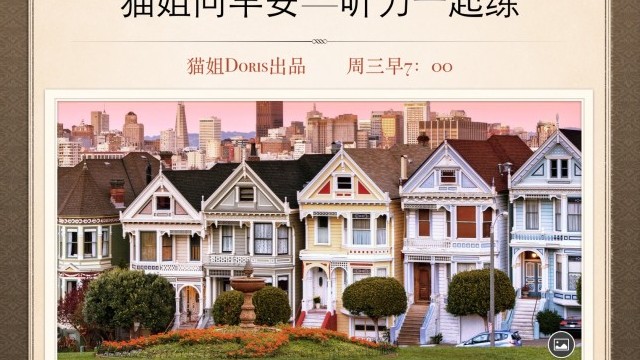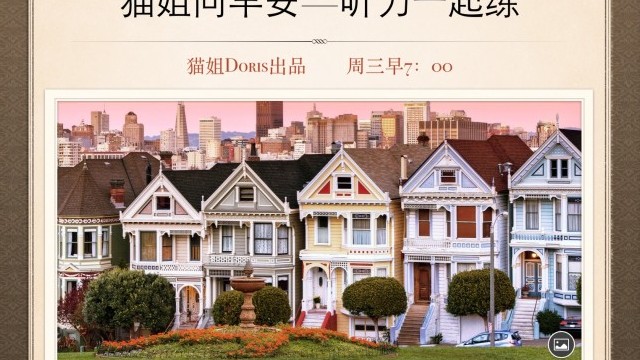科學(xué)60秒:電光火石之間,你已占據(jù)我心
On September 10th we reported that people will pay more for snacks within reach. Now, another finding for the shopping science files -- when you're trying to decide between two snacks on the shelf, chances are you'll choose the one you look at just ____1____ longer. The study appears in the journal Nature Neuroscience.
Researchers recruited 39 students who are self-professed snack food ____2____. They had the students fast for three hours, before rating the tastiness of snack foods like candy and chips. Then they asked the students to choose between pairs of snack foods they had previously rated as ____3____. And they tracked the subject's eye movements.
Just like when you're ____4____ in front of a grocery store shelf, the students looked back and forth several times, usually glancing first at the snack on the left. But 70 percent of the time, they ended up choosing the snack food they looked at for just a half-second longer. Which probably confirms something packaging designers have known for a while now - flashy, eye-catching wrappers could ____5____ studying a snack for a bit longer - and, they hope, throwing it in our cart.











